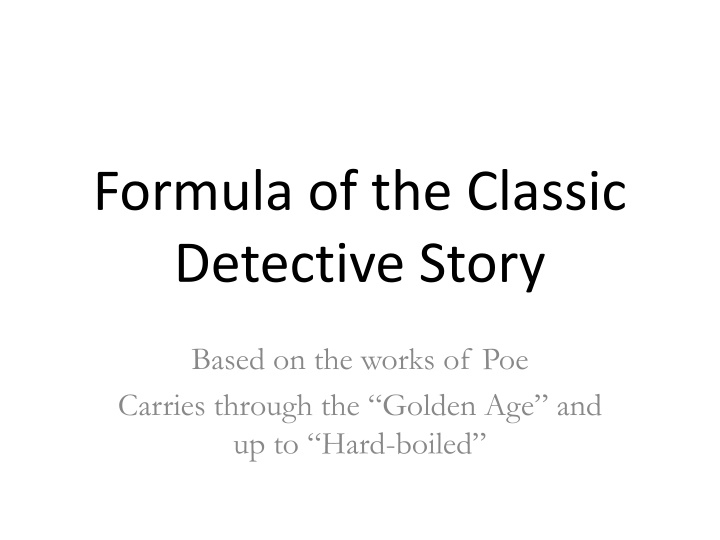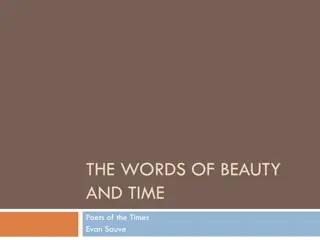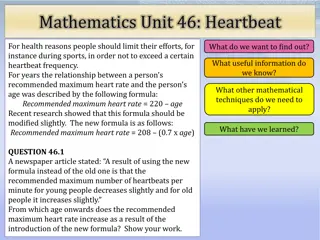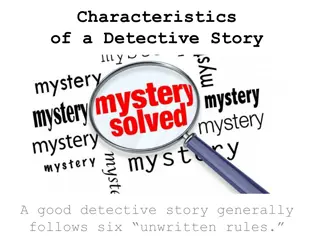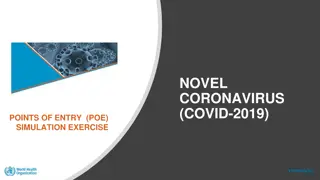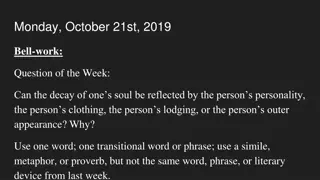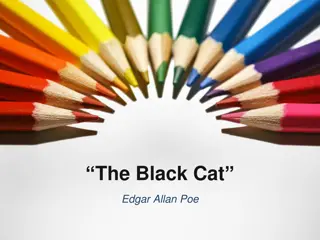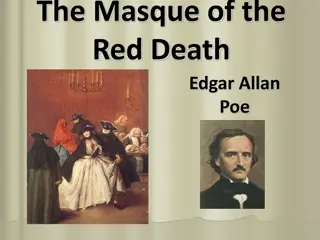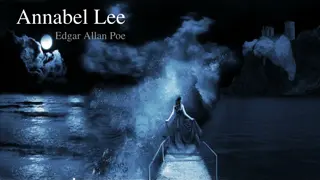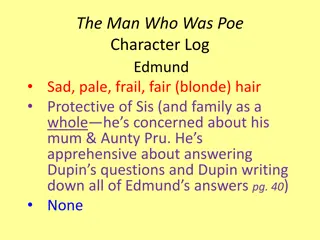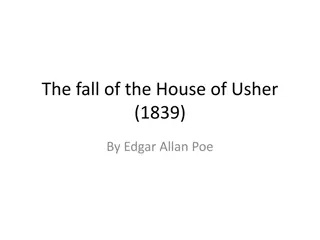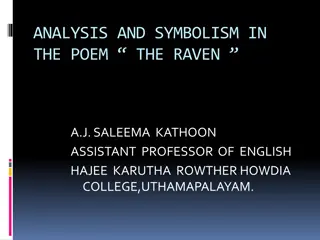Unveiling the Formula of Classic Detective Stories from Poe to Hard-boiled Era
Uncover the essence of classic detective stories based on the works of Poe, spanning from the Golden Age to the hard-boiled era. Delve into the intricate patterns of crime, investigation, and revelation that define this genre, focusing on key elements such as the mysterious situation, the pattern of action, the detective's intro, the crime itself, the investigation process, the announcement of the solution, and the climactic explanation that ties it all together.
Download Presentation

Please find below an Image/Link to download the presentation.
The content on the website is provided AS IS for your information and personal use only. It may not be sold, licensed, or shared on other websites without obtaining consent from the author.If you encounter any issues during the download, it is possible that the publisher has removed the file from their server.
You are allowed to download the files provided on this website for personal or commercial use, subject to the condition that they are used lawfully. All files are the property of their respective owners.
The content on the website is provided AS IS for your information and personal use only. It may not be sold, licensed, or shared on other websites without obtaining consent from the author.
E N D
Presentation Transcript
Formula of the Classic Detective Story Based on the works of Poe Carries through the Golden Age and up to Hard-boiled
Situation Criminal unknown: find identity and motive Criminal known: determine means or locate enough evidence to establish guilt Crime: Poe established TWO main types Grotesque murder (often with sexual overtones) Political intrigue Victim: very little character development! Keeps humanity out of the mix. This would cloud the detective s view and hinder his ability
Pattern of Action 1. Introduction to the detective 2. Crime and clues 3. Investigation 4. Announcement of the solution (*this is NOT the apprehension) 5. Explanation of the solution 6. Denouement (apprehension)
Intro to the Detective An example of his/her skill (ie: Murders at the Rue Morgue ) This helps the reader s confidence in the detective s ability to solve the crime Break in the calm of detective s retreat (ie: library, sitting room, etc.) Symbolically portrays the crime as an intrusion to the norm Helps emphasize the personal and moral detachment of the detective from the crime
The Crime This MUST have clues that point to someone or something Do not need to be linear MUST appear insolvable
Investigation While formulating a conclusion, the witnesses, suspects should further confuse the reader this is where the detective emerges (ie: the red herrings) The investigation usually threatens 1 or more characters the reader has been made to sympathize with Therefore, the solution will solve the crime AND rescue the characters the reader wants freed
Announcement of Solution This is the FIRST climax of the story The reader can finally see through the detective s eyes This DOES NOT necessarily include the apprehension of the criminal! This allows for TWO possible climaxes
The Explanation New angle of vision The answer has always been there, but the reader must look at the clues in a different way The detective reveals his true intellect Clues are initially set out of order, the explanation realigns them Criminal is usually the least likely person who has NO character relationship with the audience This allows the criminal to represent the personification of guilt without involving the reader s feelings
The Apprehension Sometimes this occurs following the solution Sometimes a trap is set up to answer the mystery AND capture the criminal This is brief so as not to upstage the detective The classic detective story is more concerned with identifying the guilty, not the punishment
Characters and Relationships Four main roles: 1. The detective: Extreme intelligence, far beyond a regular citizen 2. The criminal: Complex motives/interesting actions. Always defined as BAD to remove question of guilt 3. The victim: Must hold little sympathy, but much attention 1. Obscure and ordinary but meet an extraordinary demise. 4. Those threatened by the crime, but cannot solve it. (ie: the police, the narrator/sidekick, the red herrings) 1. This represents the middle class disrupted by the crime
The Setting Usually split between and isolated place and a big city Symbolic relationship between chaos and order By separating crime from society the writer can remove additional complexities The classic detective story requires a clear distinction between guilty and innocent the controlled setting helps to support this
